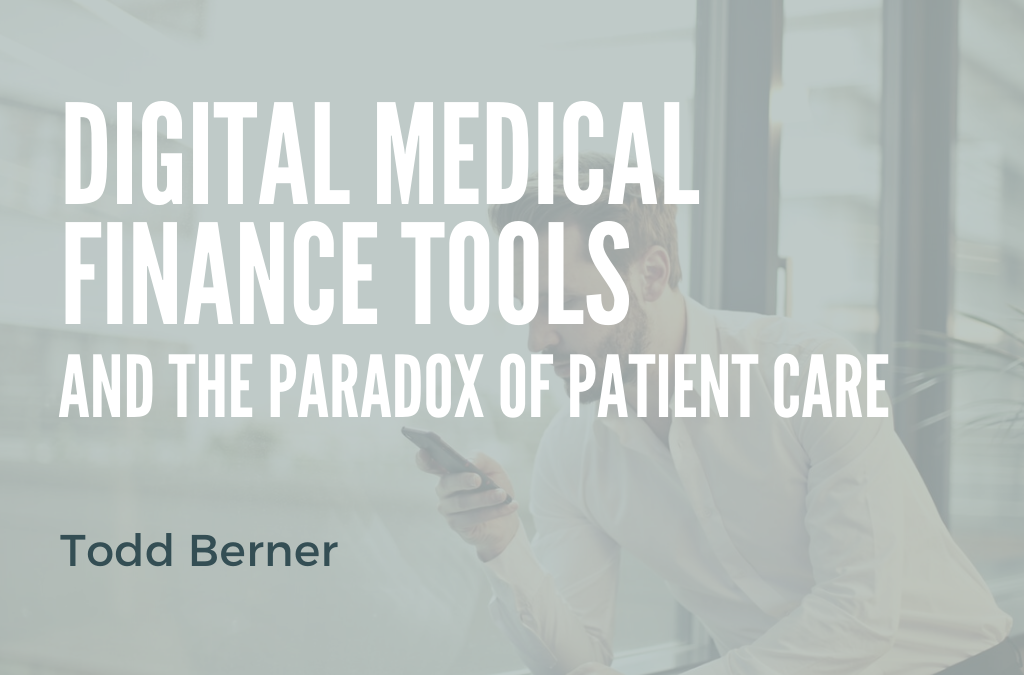The paradox of patient care is that, despite widespread resistance to online portal adoption, patients still demand access to such tools in order to help manage their medical finances. This further emphasizes a need to further develop digital care options for the sake of convenience and developing another patient engagement touchpoint.
I’ve spoken before about consumerism in healthcare—and how it has driven patients to seek out competitive offerings in the face of rising out-of-pocket costs. Less frequently do patients stick around if something about their care is lacking. Now, they’re more willing than ever before to find an organization that better fits their needs.
In fact, the strain of paying healthcare costs is one of the biggest points of contention for patients. Given the continual upswing in costs, it’s the least healthcare organizations can do to simplify the process of payment for patients.
Care providers are now forced to consider the way they’re represented by their online tools, and how a poor digital experience can drive patients to look elsewhere. In a new report conducted by Survata, 41% of patients surveyed reported that they would leave their providers because of a poor digital health experience. In some cases, “poor” can mean “nonexistant”—the same report found that 74% of care providers handle billing through traditional mail. This creates two problems: inconvenience for patients and more bills escalated to collections for hospitals. Another compounding factor is an increase in younger patients that prefer digital options, expressing frustration with underdeveloped digital health tools at a much higher rate.
So, not only do providers have to consider the channels they use for patient communication, they have to invest in better online tools that help more than they hinder. Patients expect both transparency and simplicity when it comes to paying their healthcare bills. They want to understand the out-of-pocket costs they’re responsible for, something frequently obfuscated with insurance companies or just poorly understood. Furthermore, patients are likely to comparison shop healthcare organizations and consult online reviews that may also offer insight into the kind of service they’ll receive.
All of these combine to provide healthcare providers with an expanding surface for patient engagement. It’s important that an organization is well-represented online and provides tools that are helpful to current and prospective patients. There’s a very real desire for healthcare providers to update their billing processes, both taking steps to help patients understand their costs and providing the avenues for them to pay for bills as easily as possible.
The ideal online interface for patients would allow for education and support in a way that doesn’t interfere with easy payment. Between autopay plans, easy access to current and past billing information, and reducing the number of steps necessary to use an online tool, patients can feel like their healthcare is more accessible to them. For patients that encounter difficulty with the interface or with interpreting their bills, the resources necessary to educate them should be made accessible.
Really, care providers would do well to remember that they are working for a service industry—with retail, online travel, and banking all providing better customer experiences than healthcare. The industry should look to these fields for inspiration to update outdated tools and make life easier for patient and provider alike.
